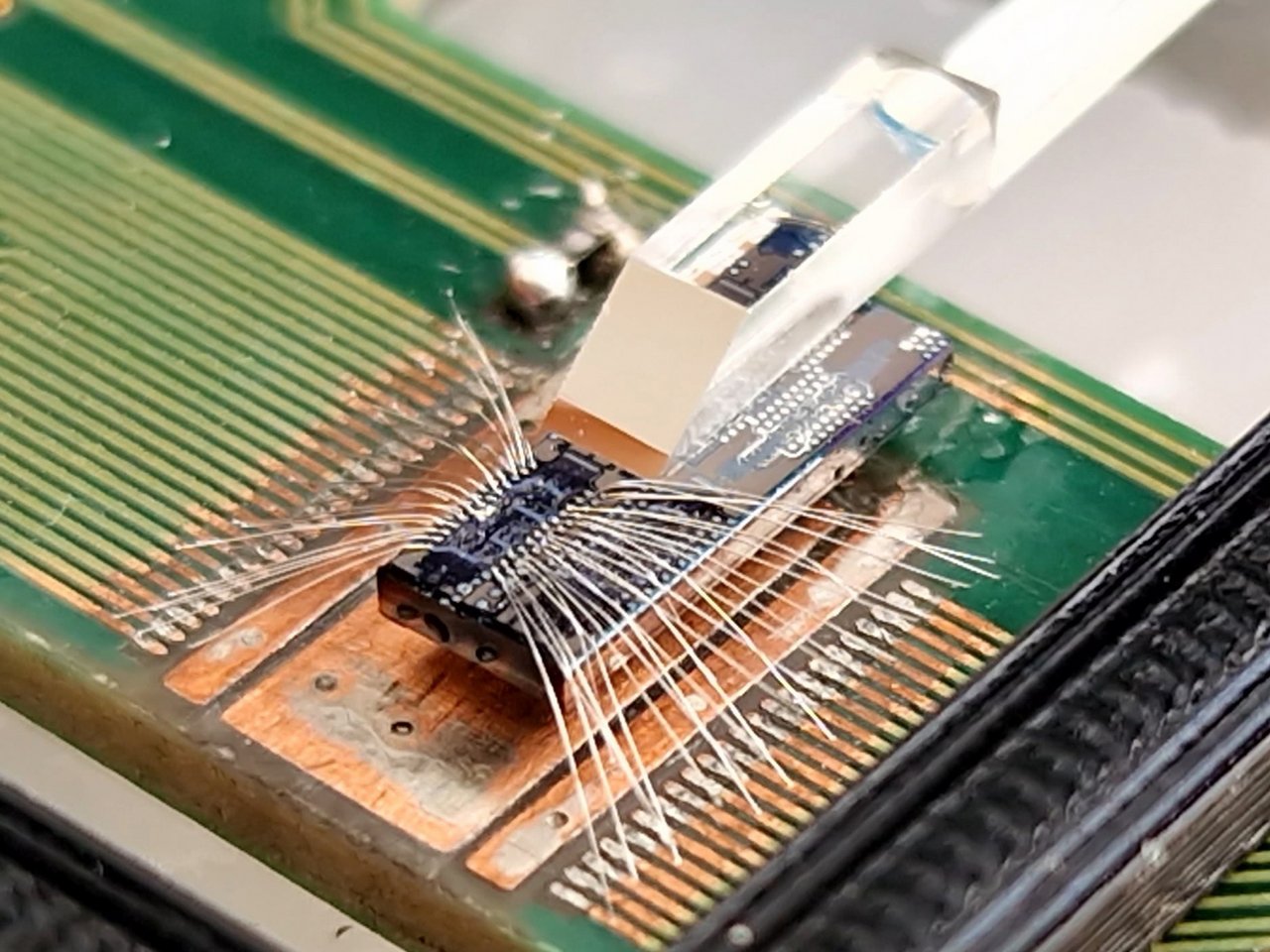Secure communications even in extreme conditions thanks to chaotic light
How can we ensure secure and reliable optical communications in the presence of strong atmospheric turbulence? A new technology developed by Télécom Paris and Politecnico di Milano addresses this challenge with an innovative optical receiver based on chaotic light, paving the way for chaos-based cryptography in high-speed, secure communications under harsh environmental conditions.
The device, published in Light: Science & Applications by the Nature group, can reconstruct optical signals distorted by extreme atmospheric events while preserving the fundamental properties of chaotic light. This breakthrough opens up new possibilities for secure communications in complex scenarios such as remote areas, military operations, or emergencies.
The result is remarkable: even in the presence of heavy rain, wind, and pollution, the signal can be fully recovered.
We don't just mitigate the disturbance—we fully restore the chaos, preserving its essential properties.
Sara Zaminga, co-author of the study
The system integrates optical micro-antennas within a programmable photonic chip. These micro-antennas capture light from different angles, and the chip reassembles the signal in real-time, without the need for external intervention or mechanical correction. Unlike traditional solutions that focus on noise reduction, this approach can completely reconstruct the chaotic “signature” of the signal, making it readable once again.
Our receiver adapts automatically, and this is a key step for future secure optical networks.
Andrés Martínez, Department of Electronics, Information and Bioengineering
Zaminga, S., Martinez, A., Huang, H. et al.
Optical chaotic signal recovery in turbulent environments using a programmable optical processor.
Light Sci Appl 14, 131 (2025).
This work was supported by Italy’s National Recovery and Resilience Plan (PNRR) under NextGenerationEU, through the “Future Telecommunications” partnership (PE00000001—“RESTART” program, Structural Project “Rigoletto”, and Targeted Project “HePIC”), the Direction Générale de l’Armement (DGA), the European Office of Aerospace Research and Development (FA8655-22-1-7032), and the Chair in Photonics. The research also involved Polifab, the micro- and nanofabrication facility of Politecnico di Milano.

